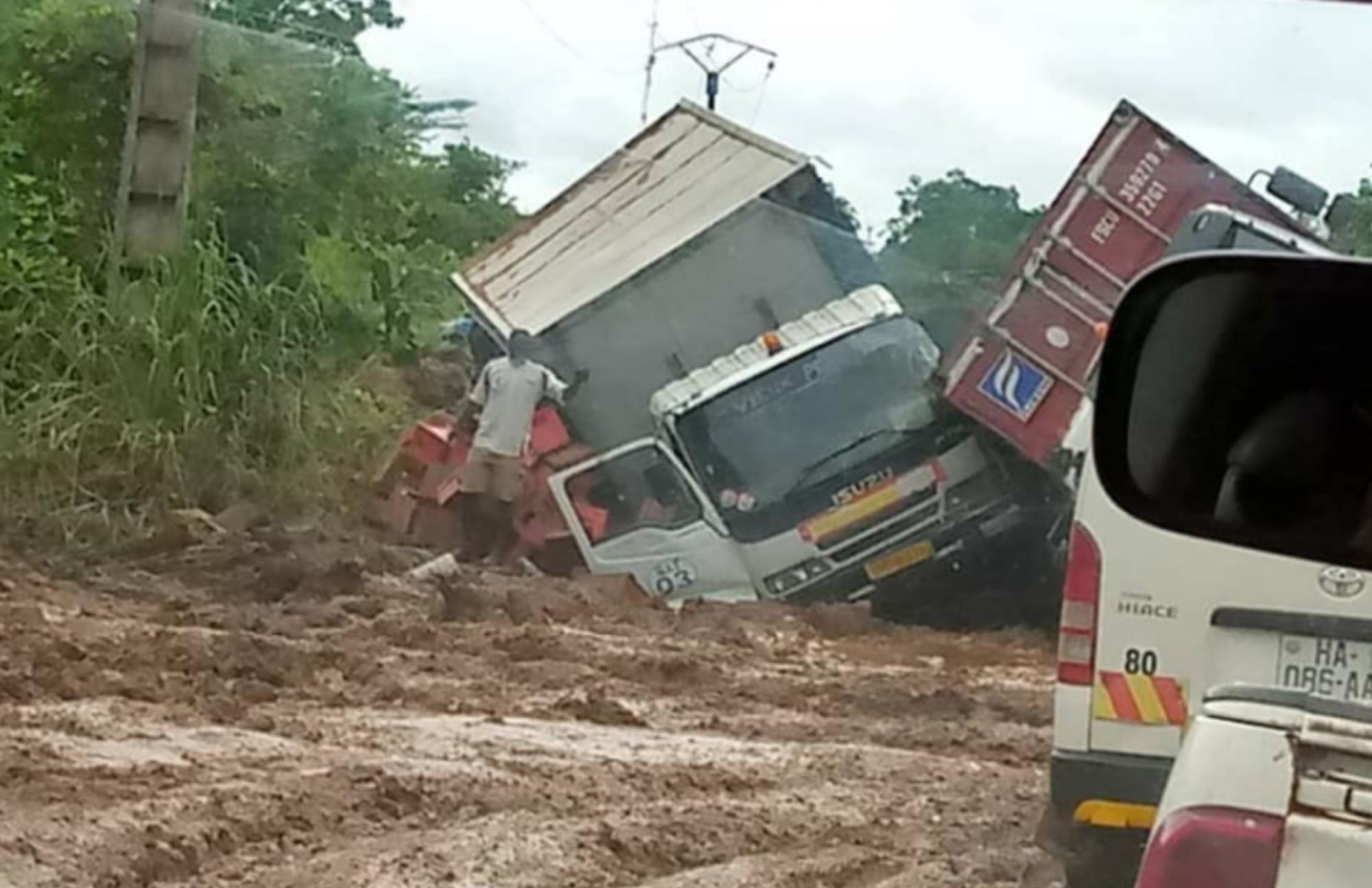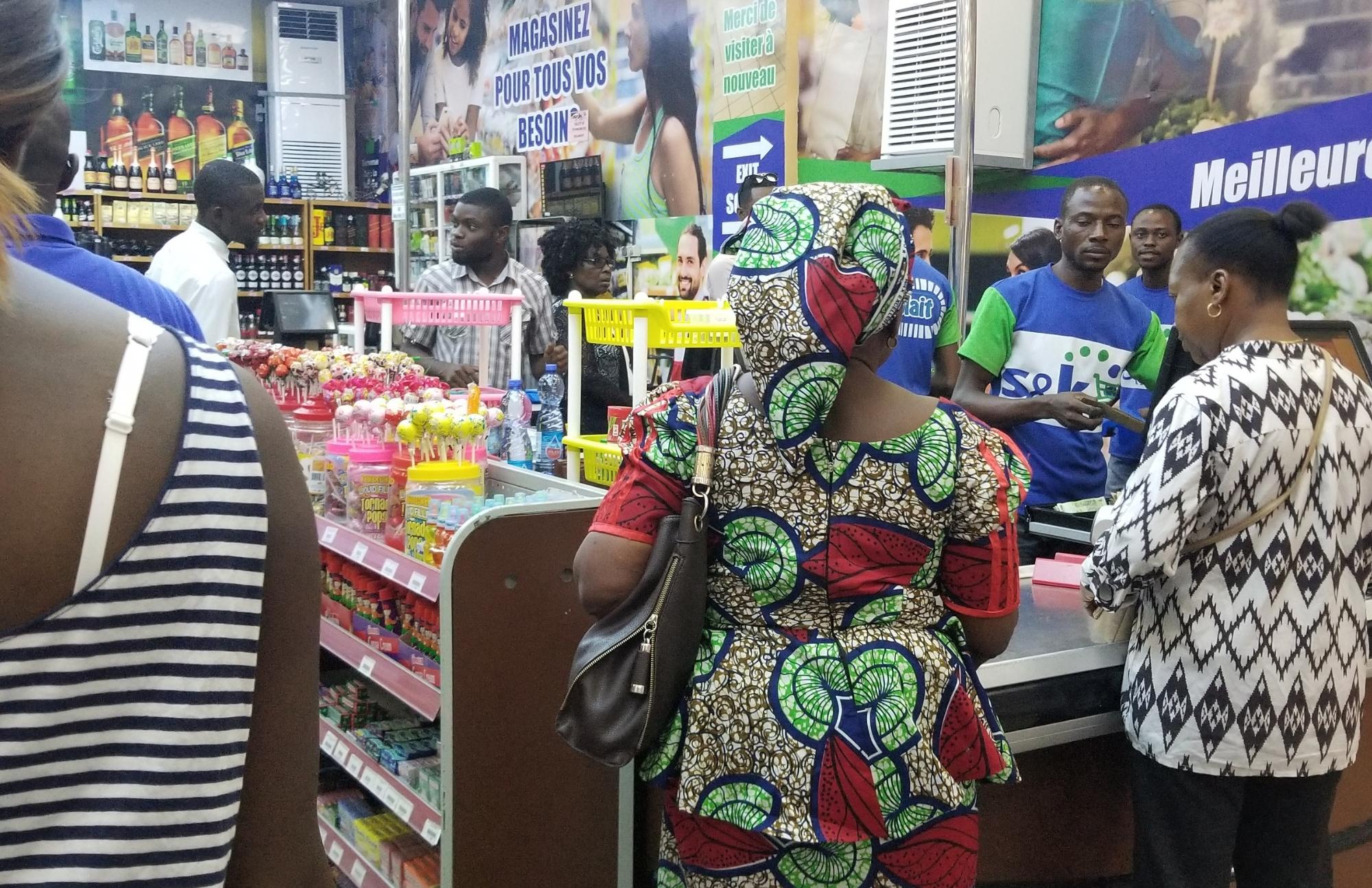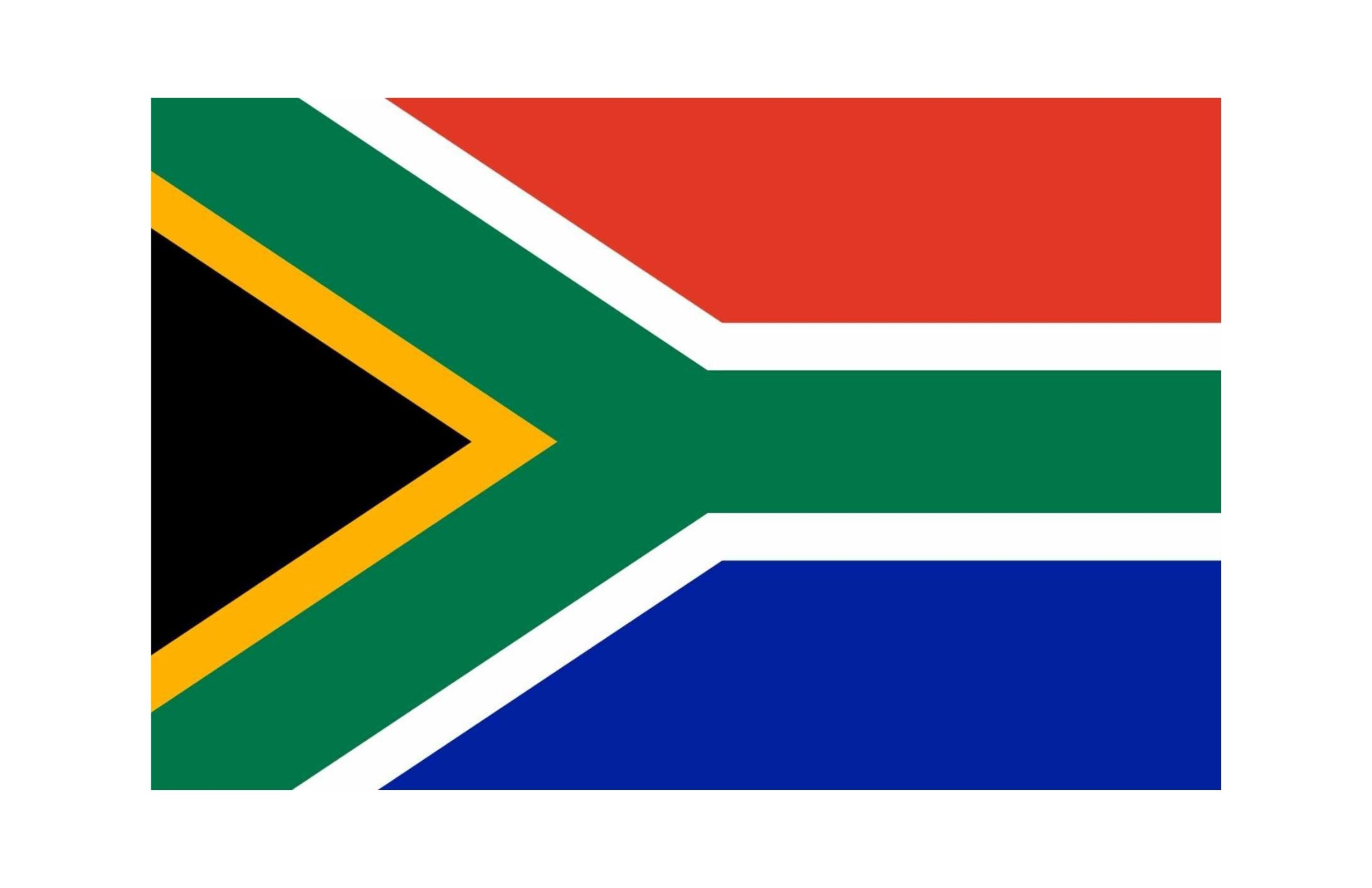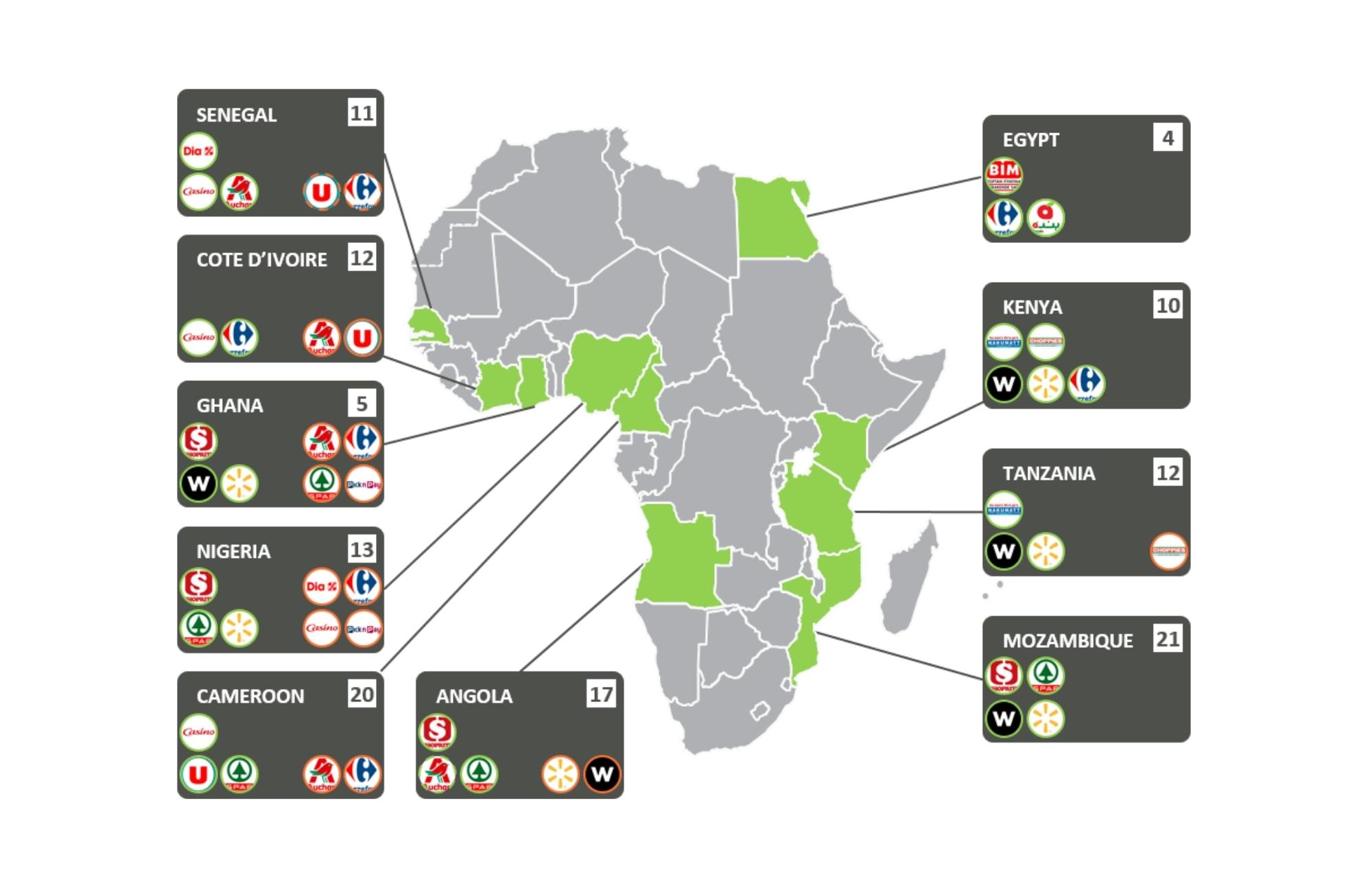One of the key issues Trendtype works with in African markets is how distribution works. Literally: how products get into markets, who does the moving, how that affects their price, where the products go, what type of stores they go into, how far do they make it outside the major city.
These are two pictures from Gabon’s Route Nationale 1 (N1), a key artery for the country. 520km long, it links the capital, Libreville, with the rest of the country. It is vital for distribution – nothing gets into Libreville by road unless it comes along N1. It is also vital for the movement of key agricultural commodities like bananas from the south of Gabon as well as imports of things like tomatoes and onions from Cameroon, to the north.
The first picture dates from almost two weeks ago, at a point about 60km outside Libreville. Rain has turned the road into a bog and two trucks carrying containers have collided. Until they’re dragged out, nothing will move along this road. The second picture is from two days ago, 80km outside Libreville. The road is still a quagmire, rendering it all but impassible. Vehicles that do manage to get through have to travel at snail’s pace and will churn up the mud into deep ruts.
Road quality along the N1 has been poor for months. Bear in mind that this is the single most important arterial road in Gabon, which is oil rich and – on paper at least – has income levels 50% higher than Egypt.
This the reality of distribution in some parts of sub Saharan Africa. Cameroon has roads like this. So do both the Republic of Congo and DRC. It is not exceptional in any way. For executives used to drier parts of Africa, like Kenya, or more developed parts, such as South Africa, it is a learning experience how much poor quality infrastructure affects the cost, reach and timeliness of distribution.
These boggy roads have an urban counterpart, albeit a more manageable one. Heavy traffic, which overwhelms road junctions at peak times in major cities like Lagos, Accra or Nairobi also drives up logistical complexity. It means long travel times between some stores, often requires two men to travel in a truck (one to drive, the other to move stock and take orders) because parking is hard to come by – all of which adds cost and risk and uncertainty.
It’s a useful reminder that distribution isn’t just “how many outlets can you reach” but also “how does distribution work” in any given place.









